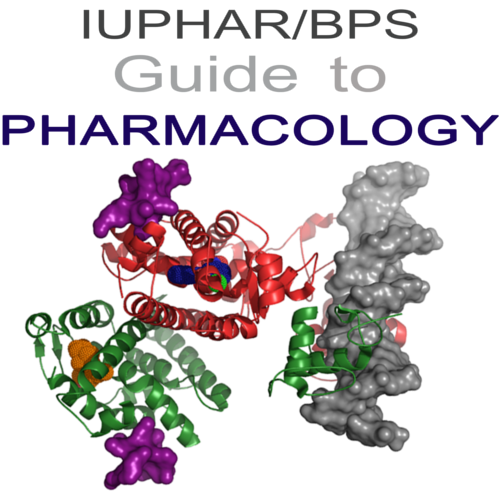Cholecystokinin receptors in GtoPdb v.2023.1
Abstract
Cholecystokinin receptors (nomenclature as agreed by the NC-IUPHAR Subcommittee on CCK receptors [90]) are activated by the endogenous peptides cholecystokinin-8 (CCK-8), CCK-33, CCK-58 and gastrin (gastrin-17). There are only two distinct subtypes of CCK receptors, CCK1 and CCK2 receptors [64, 124], with some alternatively spliced forms most often identified in neoplastic cells. The CCK receptor subtypes are distinguished by their peptide selectivity, with the CCK1 receptor requiring the carboxyl-terminal heptapeptide-amide that includes a sulfated tyrosine for high affinity and potency, while the CCK2 receptor requires only the carboxyl-terminal tetrapeptide shared by each CCK and gastrin peptides. These receptors have characteristic and distinct distributions, with both present in both the central nervous system and peripheral tissues.

This work is licensed under a Creative Commons Attribution-ShareAlike 4.0 International License.










